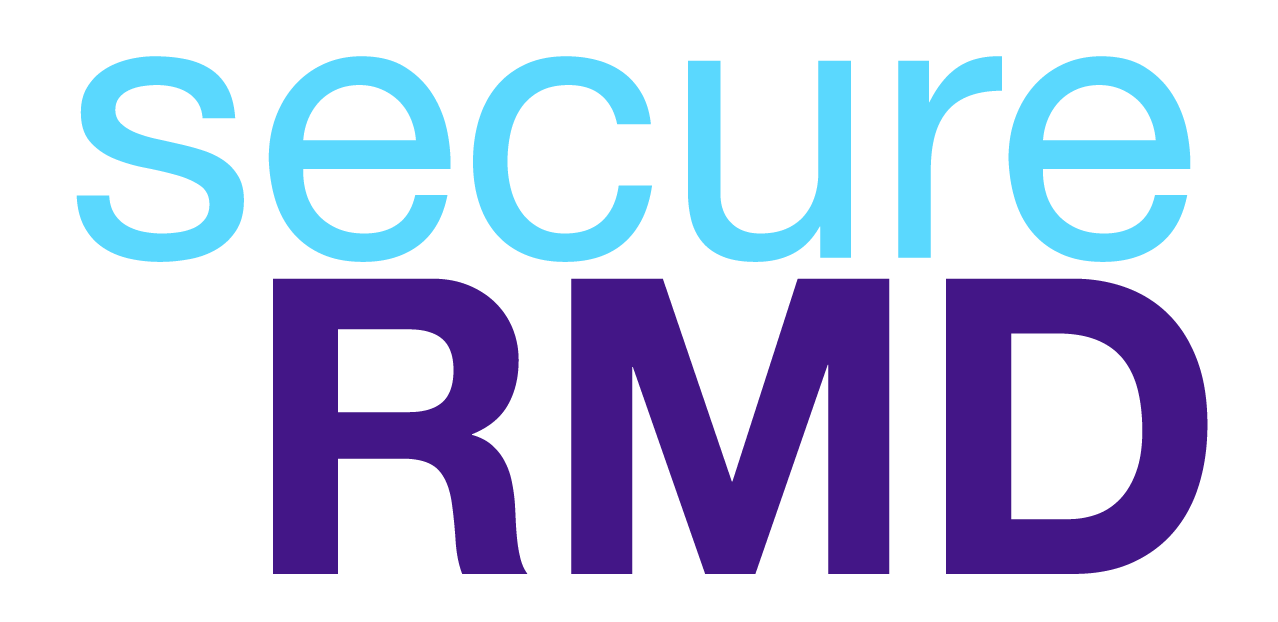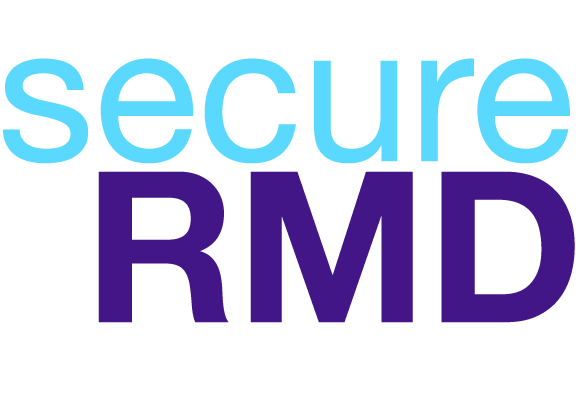The first major retirement income overhaul in more than a decade is slated for Congressional approval this week, marking a dramatic change to tax law that could raise taxes on many Americans.
The SECURE Act – expected to pass in the Senate this week and go into effect on Jan. 1 with President Donald Trump’s signature – will have an immediate impact.
The most notable provision removes the required minimum distribution (RMD) provisions for stretch IRAs, requiring most inherited retirement accounts to be fully distributed within 10 years of the account owner’s death. Also, trusts written as so-called “pass-through trusts” will likely need to be updated to match SECURE Act language. If not, the existing language could restrict IRA beneficiaries’ access to funds – which could create substantial tax bills.
Given those potential tax burdens, your clients will likely need to update their retirement and estate plans. And you will need to advise them effectively on the long-term tax implications of the changes.
8 major takeaways:
1. Removal of “Stretch” Inherited IRA Provisions
The SECURE Act makes significant changes to inherited retirement plans, including 401(k)s, traditional IRAs and Roth IRAs. Beneficiaries of these accounts could typically spread the distributions over the course of their life.
But the new bill includes a tax-generating provision that would require most beneficiaries to distribute the account over a 10-year period. This change will accelerate the depletion of inherited accounts for many large IRAs and retirement plans.
From a public policy standpoint, the end of the so-called “stretch” IRA or retirement account makes sense – especially after the Supreme Court ruling that says inherited accounts are not retirement accounts. It goes to follow, then, that legislation would limit an extended tax benefit.
2. Increase Required Minimum Distribution Ages
Today, most individuals are required to take out RMDs from their retirement accounts when they are 70.5. The SECURE Act delays this requirement to age 72. (This only applies to people who don’t reach age 70.5 by the end of 2019.)
Coupled with pending IRS rules, the change reduces the amount of money that retirees need to withdraw each year in retirement, due to the RMD rules.
3. Removal of Age Limitation on IRA Contributions
The bill repeals the age limitation for traditional IRA contributions – currently 70.5 – removing a notable savings limitation. This is significant, particularly for those who continue to work later in life, and it aligns with contribution rules currently in place for 401(k)s and Roth IRAs.
This also opens the door for planning strategies like back-door Roth IRAs later in life.
For a deeper dive into the SECURE Act, download my free guide here.
4. Tax Credit for Automatic Enrollment
The bill created a new $500 tax credit to encourage automatic enrollment into smaller employers’ retirement plans, offsetting the cost of operating such a plan. Automatic enrollment increases plan participation.
5. Lifetime Income Disclosure for Defined Contribution Plans
The bill requires that defined contributions plans deliver a lifetime income disclosure to participants at least once every 12 months. This lifetime income disclosure would essentially show how much income the lump sum balance in the retirement account could generate.
The methodology for calculating lifetime income is still in the works.
6. Increase Small Employer Access to Retirement Plans
The bill reduces fiduciary liability concern and cost among small employers, making it easier for them to set up and offer 401(k) plans. Currently, many small employers offer no retirement savings, period.
7. Increase Annuity Options Inside Retirement Plans
Today, many 401(k)s avoid annuities, in part, because of liability concerns. The new rules ease this concern, potentially paving the way for more annuities to be offered inside of retirement plans.
8. Penalty-Free Distributions for Birth of Child or Adoption
A new rule allows an aggregate amount of $5,000 to be distributed from a retirement plan without the 10% penalty in the event of a qualified birth or adoption. The distribution would need to occur within one year of the adoption becoming final or the child’s birth.
The Secure Act is a step forward, but the bill doesn’t clearly advance the retirement security of the people who need the most help.
00598572 – 12/18/19






